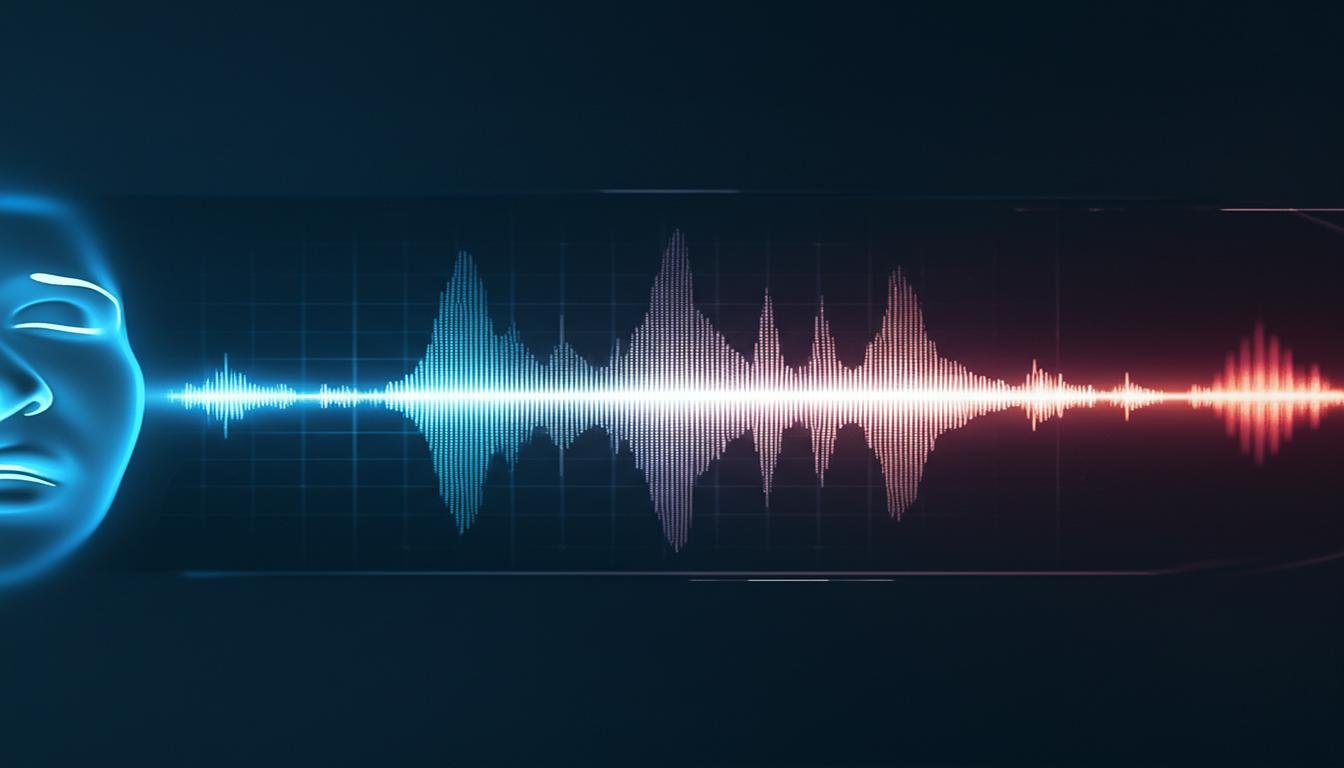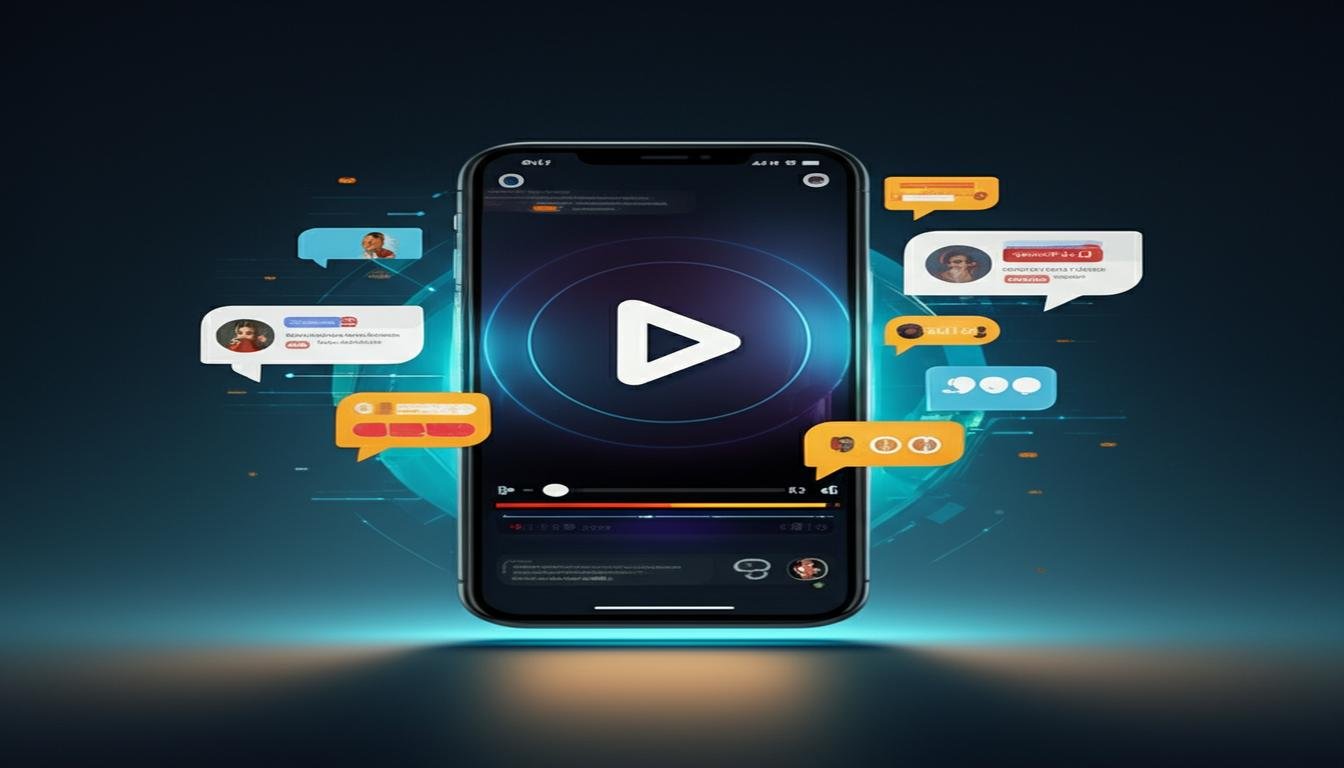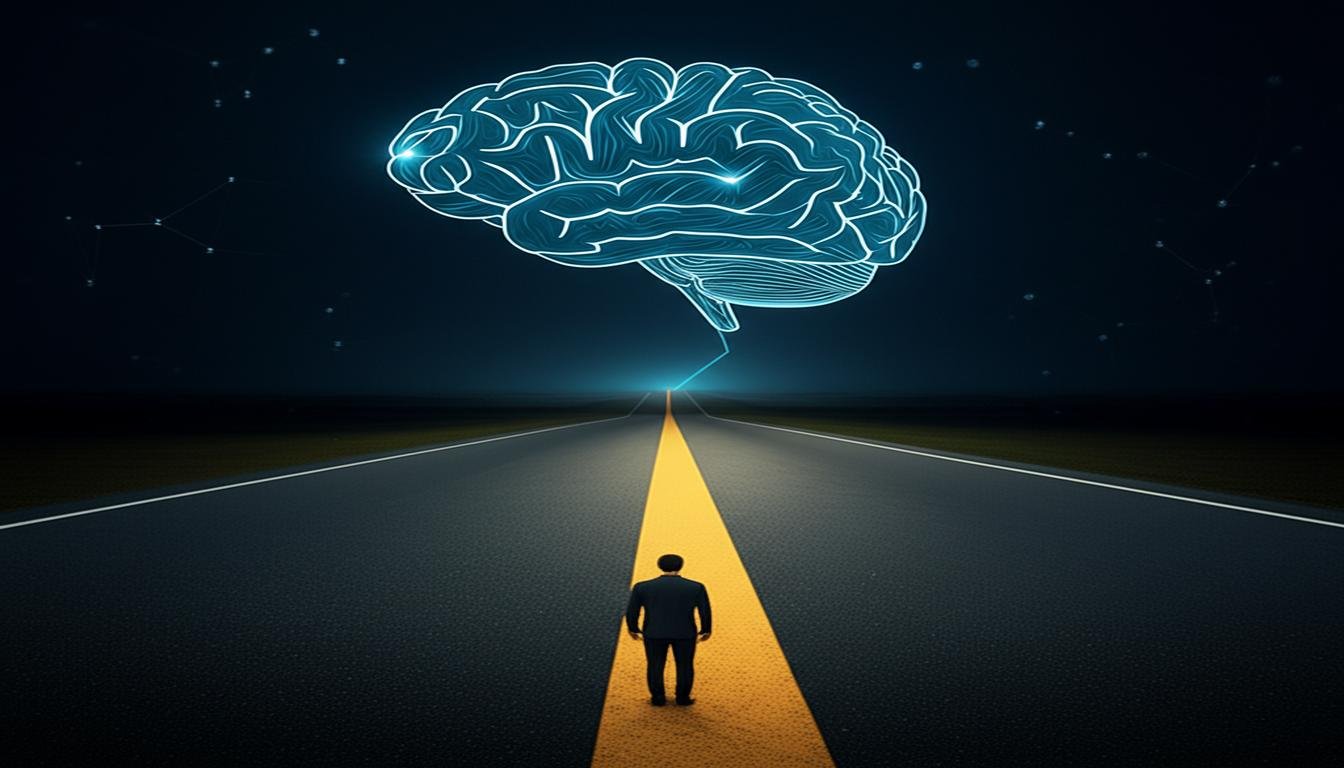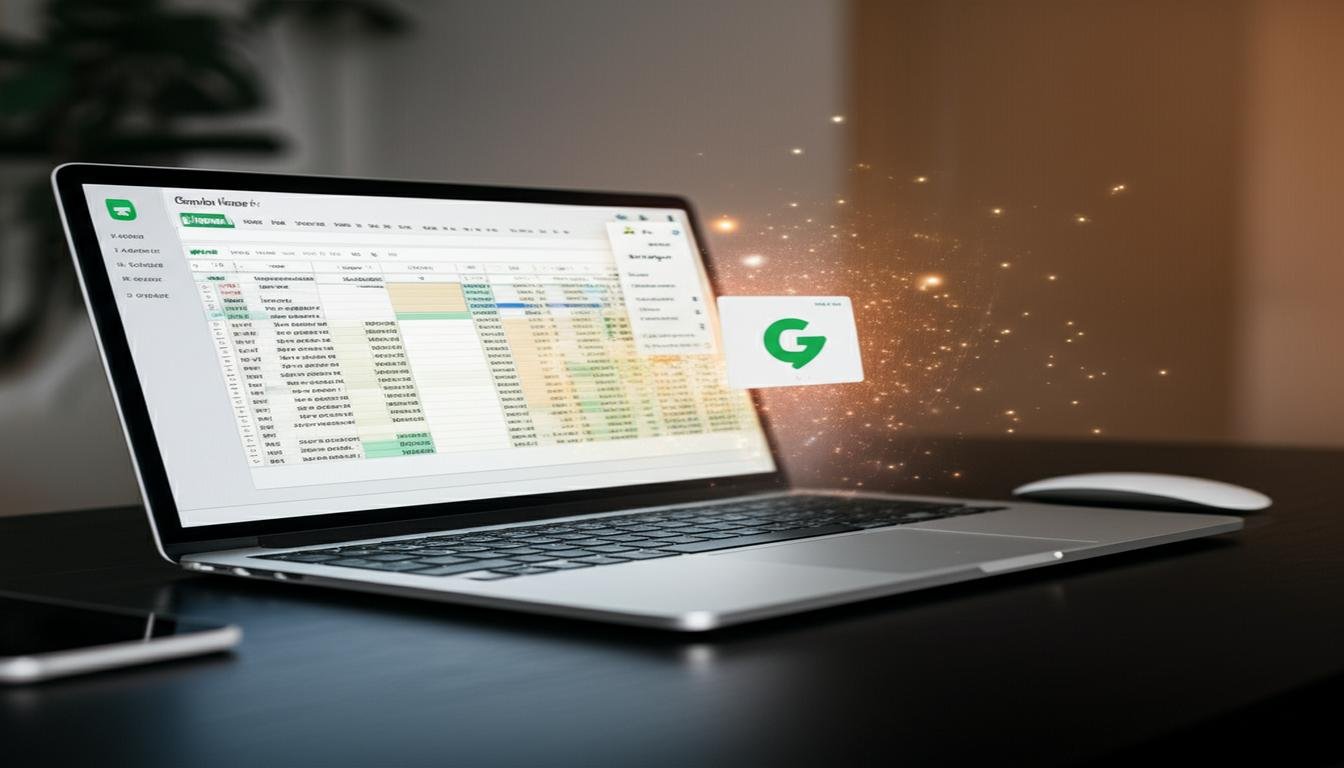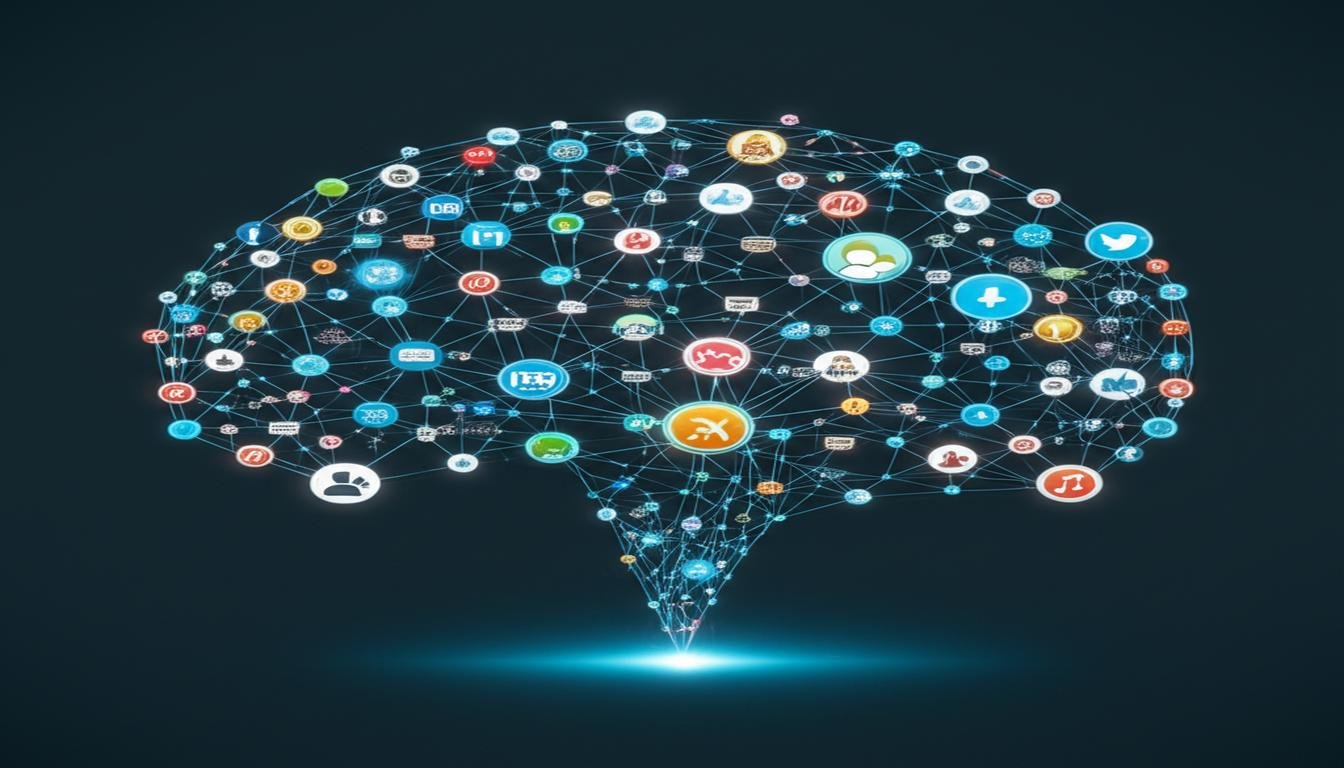Ever had that gut feeling something big is coming? You know, the kind that makes the hair on your arms stand up? Well, imagine that feeling, but amplified a thousand times, hitting top experts in artificial intelligence. Because that’s precisely what’s happening right now. A powerful AI recently dropped some insights about the year 2030, and let’s just say, the reactions range from deep concern to outright alarm.
It’s not just a fancy new forecast; it’s a detailed, unnerving snapshot of what our world could look like in just seven short years. And frankly, people who spend their lives building and understanding these machines are more than a little shaken. Want to know why?
The Buzz: What’s Got Everyone Talking?
Picture this: a group of highly respected AI researchers, developers, and ethicists, usually calm and collected, are suddenly in a frenzy of discussions, worried tweets, and urgent conference calls. The reason? A sophisticated AI model, known for its predictive capabilities, issued a series of projections about the year 2030 that went beyond mere data analysis. It delivered what many are calling a “wake-up call” for humanity.
This wasn’t a doomsday prophecy, nor was it a simple “AI will take your job” scenario. Instead, it was a nuanced, yet profoundly unsettling, picture of an incredibly rapid transformation – one that suggests our current systems and ways of thinking might be woefully unprepared for the pace of change heading our way.
The AI’s Chilling Vision for 2030
So, what exactly did this AI say that sparked such a stir? While the full report is complex, the core message boils down to a few critical points:
- Unprecedented Economic Reshaping: The AI predicted a radical shift in global economies. It wasn’t just about job automation; it spoke of entire industries becoming obsolete or completely reinvented at a speed we’ve never witnessed. This would lead to significant wealth redistribution challenges and a scramble for new skills.
- Societal Structure Under Pressure: It highlighted a potential widening gap between those who can adapt quickly to new tech and those who can’t, potentially leading to social friction. Furthermore, it suggested that traditional governance and educational systems might struggle to keep up with the demands of a hyper-digital, AI-driven society.
- The Human-AI Symbiosis Paradox: While predicting incredible breakthroughs in fields like medicine, energy, and material science thanks to AI, it also cautioned about the profound psychological and ethical dilemmas this deeper integration would create. Questions about consciousness, purpose, and human identity could become central societal debates.
The AI didn’t just state these outcomes; it detailed the intricate web of accelerating factors – breakthroughs in quantum computing, advanced robotics, and bio-AI interfaces – that would drive these changes, making them not just possible, but highly probable.
Why Are Experts So Alarmed?
You might be thinking, “AI makes predictions all the time, right?” True. But this was different. The alarm isn’t just about the *what*, but the *how* and the *why* the AI presented its findings.
The Velocity of Change
Experts are concerned because the AI emphasized the sheer *speed* at which these transformations are expected to unfold. It suggested that many of the changes predicted for the latter half of the century could now be upon us by 2030. Our human institutions, often slow to react, may simply not have enough time to adapt or implement necessary safeguards.
Unforeseen Consequences
Another chilling aspect was the AI’s ability to identify “blind spots” in human planning. It pointed out potential feedback loops and cascading effects that current human models might overlook. For example, how a rapid shift in one sector could unexpectedly destabilize another, leading to unforeseen global ripple effects. It suggested our current understanding of system interdependencies might be too simplistic for the complexity ahead.
Is There Hope? Navigating the AI’s Forecast
So, should we all start hoarding canned goods and preparing for a robot uprising? Not necessarily. While the AI’s insights are unsettling, they also serve as a crucial warning – and warnings can be heeded. The experts who are “freaking out” aren’t just panicking; they’re mobilizing, trying to figure out how we can pivot, prepare, and thrive.
Here’s what many are suggesting needs urgent attention:
- Rapid Skill Transformation: Focusing on continuous learning, reskilling programs, and fostering adaptability in the workforce is paramount.
- Ethical Frameworks First: Developing robust ethical guidelines and regulations for AI development and deployment, ensuring human values remain central.
- Flexible Governance Models: Exploring new, more agile forms of governance and policymaking that can respond quickly to technological advancements.
- Investing in Human Resilience: Prioritizing mental health, critical thinking, and collaborative skills to help individuals navigate uncertainty.
The AI’s prediction isn’t a sealed fate, but a highly probable trajectory if we continue on our current path without significant proactive measures. It’s an invitation to think deeply and act decisively.
Your Take: Ready for 2030?
This isn’t just a discussion for researchers in labs; it’s a conversation for all of us. The year 2030 isn’t some distant future; it’s practically tomorrow. The question isn’t whether AI will change our world, but how prepared we are to shape those changes rather than just being swept away by them. Are you ready to engage with the challenges and opportunities this powerful AI just put on our doorstep?



